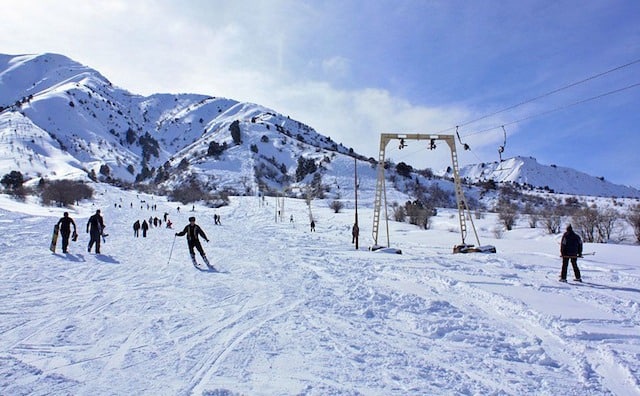Silk Road and the Cultural Melting Pot
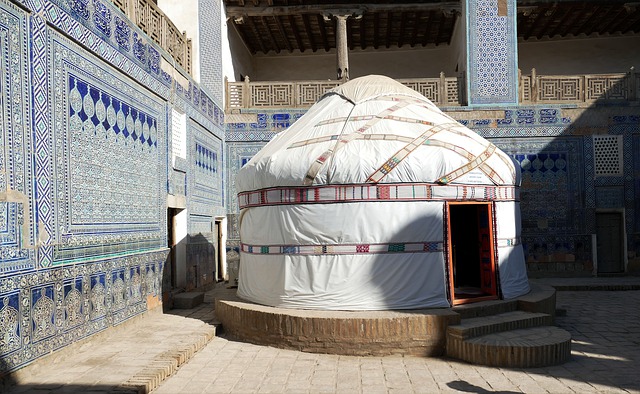
The history of Silk Road goes as far back as 138 BC when China opened its borders. Over centuries, traders, missionaries and conquerors travelled from Asia to Europe through Uzbekistan and brought with them new cultures, religions and crafts, traces of which still exist.
Visiting the ancient cities of Bukhara, Samarkand and Khiva, you’ll find Persian-inspired domes, traditional Silk weaving methods and workshops practising age-old techniques of paper making from mulberry – both of which were brought here from China.
Travel back in time in Bukhara
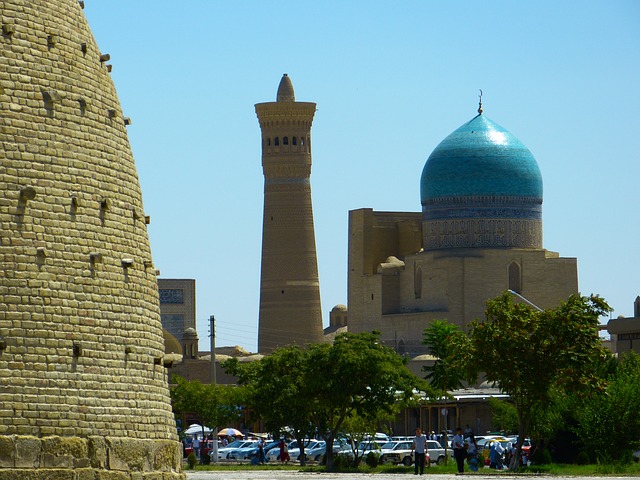
Formed in 13th century B.C., Bukhara was once a large commercial centre on the Silk Road. Today it remains one of Uzbekistan’s oldest and most fascinating cities with narrow streets, bazaars and breathtaking architectural monuments.
There is a lot to see in Bukhara and although the sites are only a short distance from each other, give time to truly enjoy this enchanting city. Visit the Abdullazizkhan, Ulugbek and Chor-Minor Madrasah, be mesmerised by the wooden ceiling at Bolo-Khauz Complex and experience the symbol of state power at the Ark Fortress. Spend your evenings walking around its many ceramic and fabric-laden bazaars.
Get Feel of Russian Architecture
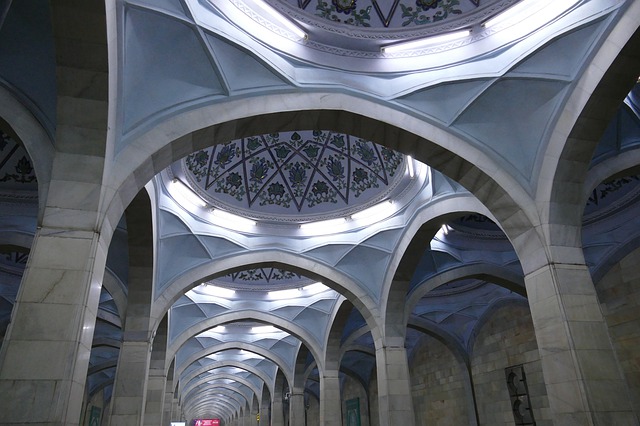
Uzbekistan’s biggest city is one of two halves. On one side of the capital, there are beautiful tree-lined streets and a square that boasts the statue of their national hero Amir Timur. Scattered around the square are Soviet and post-Soviet style government buildings, colleges and hotels.
Shah-I-Zinda Mausoleum City
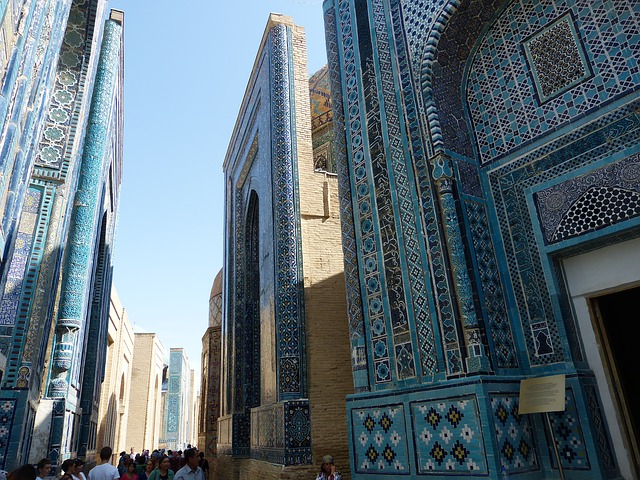
The Shah-i-Zinda Mausoleum is a magnificent work of art and a must-see during your trip to Samarkand! Once inside it feels as though you’re walking down the main avenue of a city comprised of the most beautiful mausoleums. The vibrant blue tilework is prevalent throughout the complex, making it a photographers dream!
The name Shah-i-Zinda translates to “Tomb of the Living King” which refers to the holiest of the shrines, what is likely the grave of Qusam ibn-Abbas. He is famed for bringing Islam to this region in the 7th century. The mausoleums here were built over the periods of the 11th to the 19th centuries as Timur and Ulugbek buried their families and closest confidants here at later dates.
The Ark of Bukhara
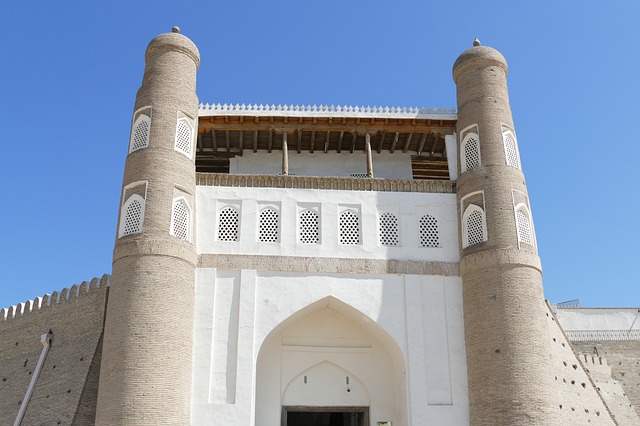
The Ark of Bukhara is the oldest structure in Bukhara. It is a massive fortress that was constructed during the fifth century and occupied until it fell to Russia in 1920. Must of the fortress is now in ruins, but before it was bombed it housed essentially an entire city within its walls. It was home to the emirs of Bukhara and included a jail, workshops, mosques, an armory, and more.
Today those rooms have been transformed into small museums that hold various artifacts. From atop the walls that stand between 52 and 66 feet tall, you can see nice views of the city below. There are also plenty of souvenir shops in the Ark if you aren’t already shopped out.
Khiva (City) Open Air Museum
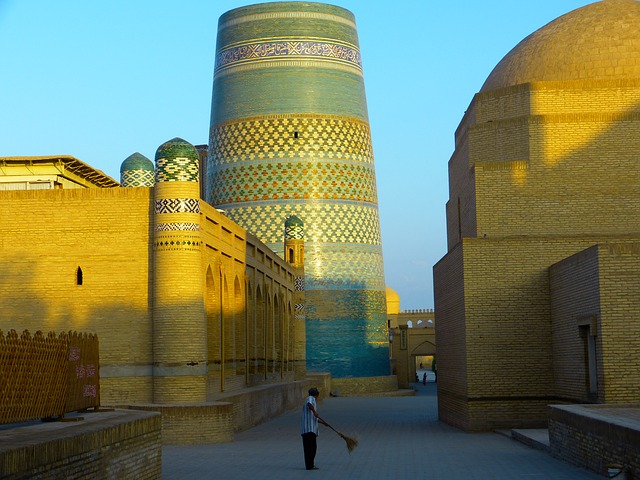
Behind the mud-brick walls of a deserted town in Uzbekistan lies a labyrinth of narrow alleyways with brightly colored mosaics covering the numerous mosques. Khiva is a stunning open-air museum in the west of Uzbekistan that feels like you just took a step back in time. All the things to do in Khiva are packed within the walkable old city walls and can be seen in one or two days.
Samarkand is a UNESCO World Heritage City
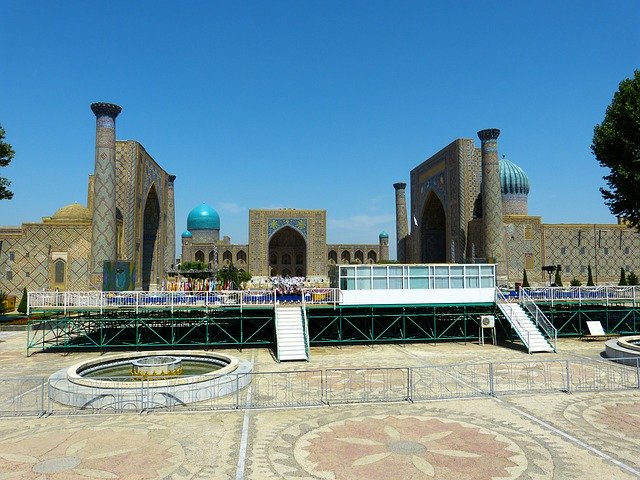
The beauty and marvel of Samarkand is powerful and addictive. It’s home to one of the most recognisable monuments in Central Asia, the Registan – a square with three prominent madarassas. The buildings really come to life during dusk when the hues of the setting sun coupled with yellow lights illuminate the structures. Also visit the tomb of Amir Timur at Gur-Emir Mausoleum, Shah-i-Zinda necropolis and the observatory of Ulugbek.
Great Meat
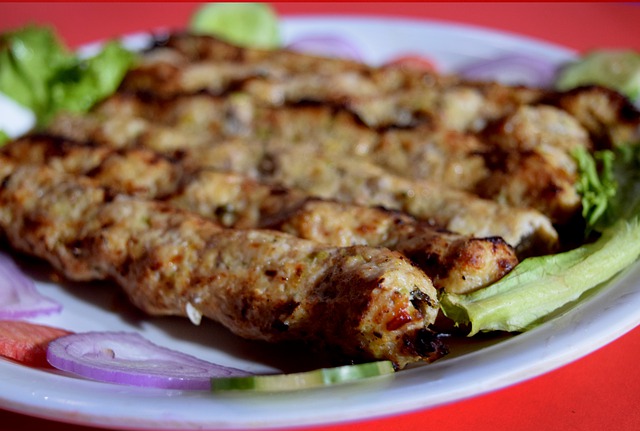
Uzbekistan is a cattle-rearing nation so it’s no surprise that most delicacies include meat. Meals are often over several courses starting with salads, followed by soup, a main and dessert. Try the Plov (similar to a pulav or biryani) – made with rice, meat, carrots and spices, the samsa and shashlik kebabs. Local markets are a good place to try homemade delicacies, sweets and pastries.
Original Oldest Qur’an in The World
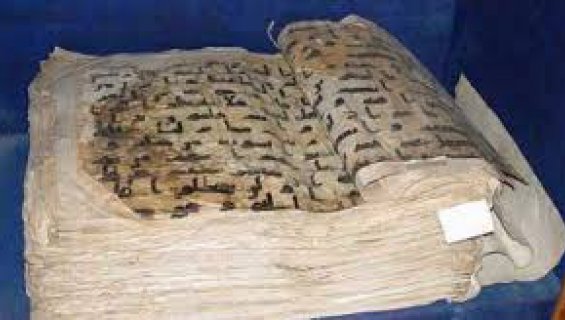
On the other side is a slightly neglected but much more authentic old city, at the heart of which is Chorsu Bazar. Here you’ll experience Uzbek life as it is, with stalls selling everything from fresh fruits to lepeshka (traditional toasted bread). Not far from the dome-shaped market is the Khast Imam complex, home to a mosque, mausoleum and one of Muslim world’s most sacred relics, caliph Osman’s Qur’an, which is one of the Oldest Qur’ans in the World.
Mausoleum and Masjid Imam Al Bukhari
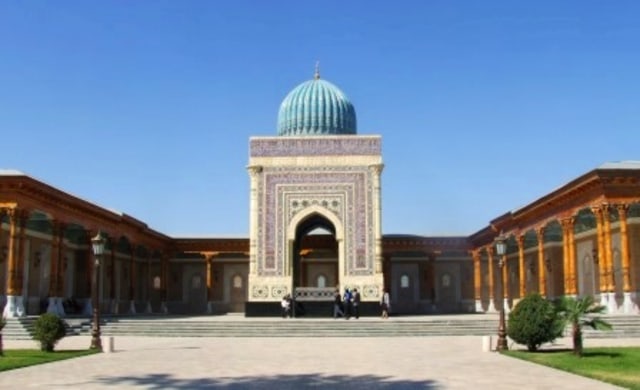
The Mausoleum of Imam al-Bukhari is about 30 minutes north of the central area of Samarkand. so you’ll need to catch a taxi to get there. The architecture of the complex is similar in architectural style to most of the buildings listed above and it is a revered pilgrimage site in Uzbekistan for the devout. Imam al-Bukhari was a theologian and authored the second most important book for Muslims after the Quran.
The complex houses a mausoleum, mosque, a library and museum, and several souvenir stalls.
Ulugh Beg Observatory
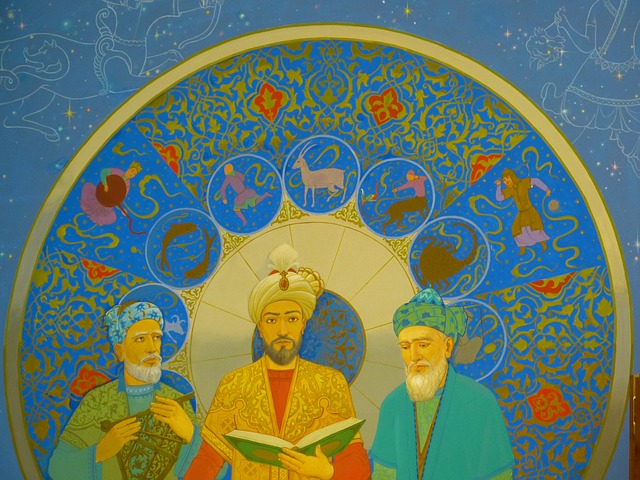
The Ulugh Beg Observatory is an observatory in Samarkand, Uzbekistan. Built in the 1420s by the Timurid astronomer Ulugh Beg, it is considered by scholars to have been one of the finest observatories in the Islamic world.
Some truly magnificent discoveries were made in this observatory. Ulugh calculated that the length of a star year was equal to 365 days, 6 hours, 10 minutes, and 8 seconds which is only off by less than a minute to our current calculations.
The only thing that remains of the observatory today is the sextant, which was an instrument that was used to determine midday. It is covered by a roof but you can peer down into the large hole and see a large section of it below. There is also a very small museum that gives some history of Ulugh and of the work that was done in the observatory in the 1400s.
Kalyan Complex and Tower
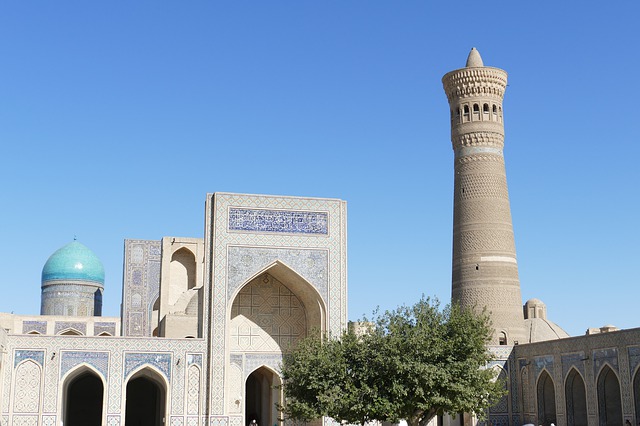
The Kalyan Mosque and Minaret (Tower) is the central focal point of the Po-i-Kalyan Complex as it stands almost 150 feet above the ground. This is the second iteration of the minaret that is meant to summon Muslims to prayer five times a day, as the first collapsed due to the unstable ground underneath. The ground was fortified and the current minaret was completed in 1127.
The Kalyan has an interesting history as it was spared by Genghis Khan as he appreciated its beauty while he was destroying everything around it. It is also known as the “tower of death” because for several centuries criminals were executed by being tossed from the top.
Be sure to check out the Kalyan Minaret at night as well, when it is all lit up against the night sky!
Uzbekistan is best visited during spring and autumn (April to May, and September to early November). During these periods, it’s typically warm and dry, and you can enjoy the heat of this desert region without it being uncomfortably hot, as it can be during the summer months.
From November to March it can be very cold, but this also brings clear, bright skies which provide an exceptional backdrop to any photos you take during your trip. This is also the quietest time of the year, so if you’re willing to dress warmly you’re likely to have the country’s exquisitely beautiful sites to yourself.
Essential Information
-
Visas
Uzbekistan requires visa for travelers from all countries except for 65 countries who already have visa free schemes including Indonesia.
-
Time Zone
GMT+ 5 with No Daylight Saving Time. Most Public Offices start from 0900 until 1700 while malls and shopping centers open from 1000.
-
Languages
Languages spoken are Uzbek language and Russian in big cities like Tashkent and Samarkand. Most people in Uzbekistan do not speak English except people working in tourist sectors.
-
Currency and Payment
Uzbekistan currency is SOM (лв or SOM or UZS) which exchange rate is around SOM9500 to SOM10500 per USD. Visa and MasterCard cards are not widely accepted (unless in big or international chain hotels) and cash (SOM or USD) is more preferable. Currency exchange shops or ATM (yes ATM to dissolve SOM from USD) are also easy to find.
-
Etiquette
Here are some do’s and don’ts in Uzbekistan:
Respect to Elderly – respect is shown to the elderly, especially men who are known as aksakal (white beards).
Greetings – Shake men’s hands with the greeting ‘salom’ or ‘salom aleikum’. For added respect place your left hand over your chest.
Amin – At the end of a shared meal run your hands over your face in the amin gesture to signify thanks.
Tea – There is formalised etiquette when pouring out tea. Rinse out your piala (small tea bowl) with a drop of hot tea, then return a piala-ful to the pot three times before the tea is considered ready to drink.


